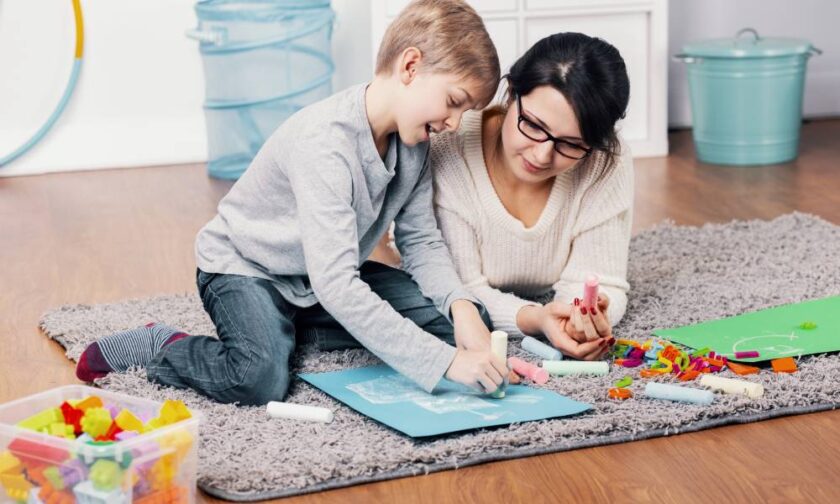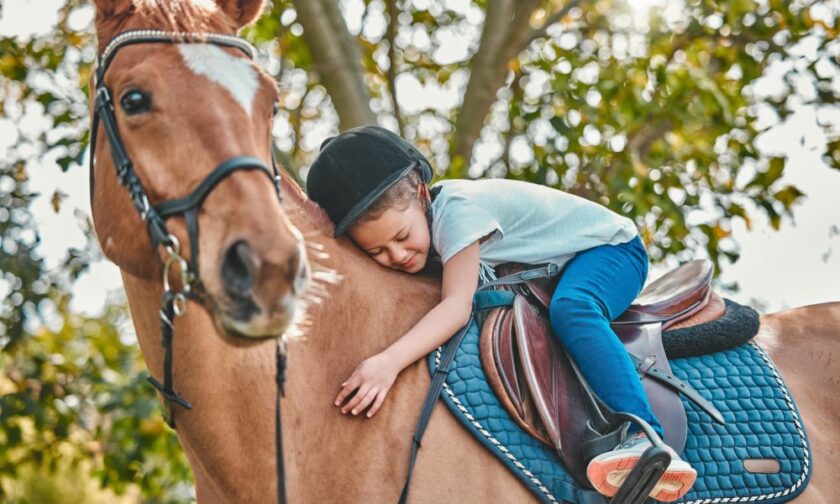Forgiveness is a vital skill for children to learn because it helps them build healthy relationships and cope with conflicts. Teaching forgiveness can be challenging, but with the right approach, you can make it an integral part of your child’s upbringing. Nurture your child’s compassion with these three ways to teach children about forgiveness.
Storytelling
By hearing about characters who forgive others, your child can learn the value and impact of forgiveness in a relatable and memorable way. You can use stories from books or personal experiences that highlight themes of forgiveness.
Reading bedtime stories that focus on forgiveness can create a bond between you and your child while teaching a crucial life lesson. Choose books with clear messages about forgiving and moving forward. Discuss each story afterward to ensure your child grasps the meaning and significance of the act of forgiving.
Role-Playing
Another way to teach forgiveness is to engage your child in role-playing activities where they can act out scenarios involving conflict. Role-playing can transform abstract concepts into real, manageable situations that your child can relate to.
You can use the following steps to role-play forgiveness:
- Use clear and simple scenarios: Choose straightforward and relatable scenarios that your child can easily understand, such as sharing toys or taking turns. You can also re-enact scenarios that have happened in real life.
- Play an interesting character: Keep your child engaged by playing an interesting character.
- Introduce the conflict gradually: Present the conflict in a step-by-step manner.
- Guide with structured prompts: Use direct and clear prompts to help your child articulate feelings, apologize, and explore forgiveness.
- Practice repetitively: Allow your child to repeat the role-play as needed to reinforce understanding and comfort in practicing forgiveness.
- Reflect and reinforce: Encourage your child to express how they felt during the scenario and reinforce the importance of forgiveness as a valuable tool in building relationships.
Leading by Example
When children see adults forgive others and seek forgiveness themselves, it sets a powerful example and reinforces that forgiveness is a natural part of healthy relationships. Your behavior will serve as a model for your child, making it easier for them to adopt similar practices.
By admitting your mistakes and asking for forgiveness in front of your child, you teach them humility and the importance of mending broken relationships. You can also share stories from your own life, recounting times you’ve had to forgive someone or sought forgiveness yourself.
Forgiveness and Prayer
Parents who pray can also show their children how praying for the strength to forgive can help heal emotional wounds and restore peace. This method is a spiritual approach to handling emotions and conflicts. In fact, one of the reasons why the year of prayer is significant in Catholicism is that it encourages us to make time for renewal and reflection. Prayer and forgiveness are often intertwined, as prayer can provide a reflective space for you to seek strength and guidance in forgiving others and asking for forgiveness.
Teaching your child about forgiveness is essential to helping them form healthy relationships and navigate conflicts with empathy and understanding. Storytelling and role-playing offer interactive ways to make forgiveness more tangible and relatable for young minds. And by leading through example, you can reinforce forgiveness as a natural part of relationships. Together, these methods can nurture your child’s capacity for compassion and emotional resilience.






